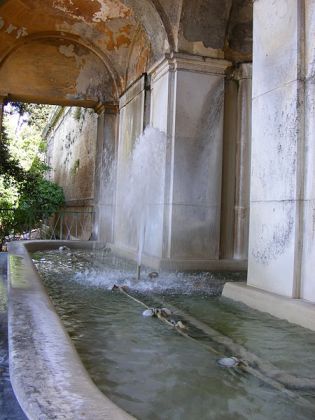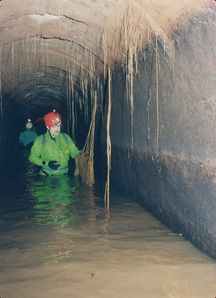Looking for radon in Rome's acqueducts
Research is under way on the Acqua Vergine, one of Rome's oldest aqueducts, to discover the amount of radon in its water.
It is thought that radon may have caused some of the illnesses suffered by ancient Romans rather than the lead in the pipes of the old city as previously thought.
Radon is an odourless, colourless gas that occurs during the process of decay of radium and thorium into lead. Radion can accumulate in high concentrations in building basements, as well as springs and thermal waters. Links have been found between radon and cancer, and research in the United States puts inhaling high levels of radon as the second cause of lung cancer after smoking.
According to a report in the free newspaper Metro, the research on Acqua Vergine is being carried out by the department of geology at Roma Tre University and the city's water utility ACEA with the help of the Centro Ricerche Speleo Archeologiche-Sotterranei di Roma.
Acqua Vergine is the Renaissance reconstruction of Aqua Virgo built by Agrippa in 19 BC. It runs from Villa Ada through Villa Borghese to Trinità de' Monti and then into Rome's historic centre. It supplies the Trevi Fountain, and the fountains in Piazza Navona and Piazza del Popolo.
Results of the research will eventually be compared with similar research on a less ancient aqueduct, the 16th-century Acqua Felice.
Centro Ricerche Speleo Archeologiche-Sotterranei di Roma organises guided tours of the underground sections of some of Rome's aqueducts





















